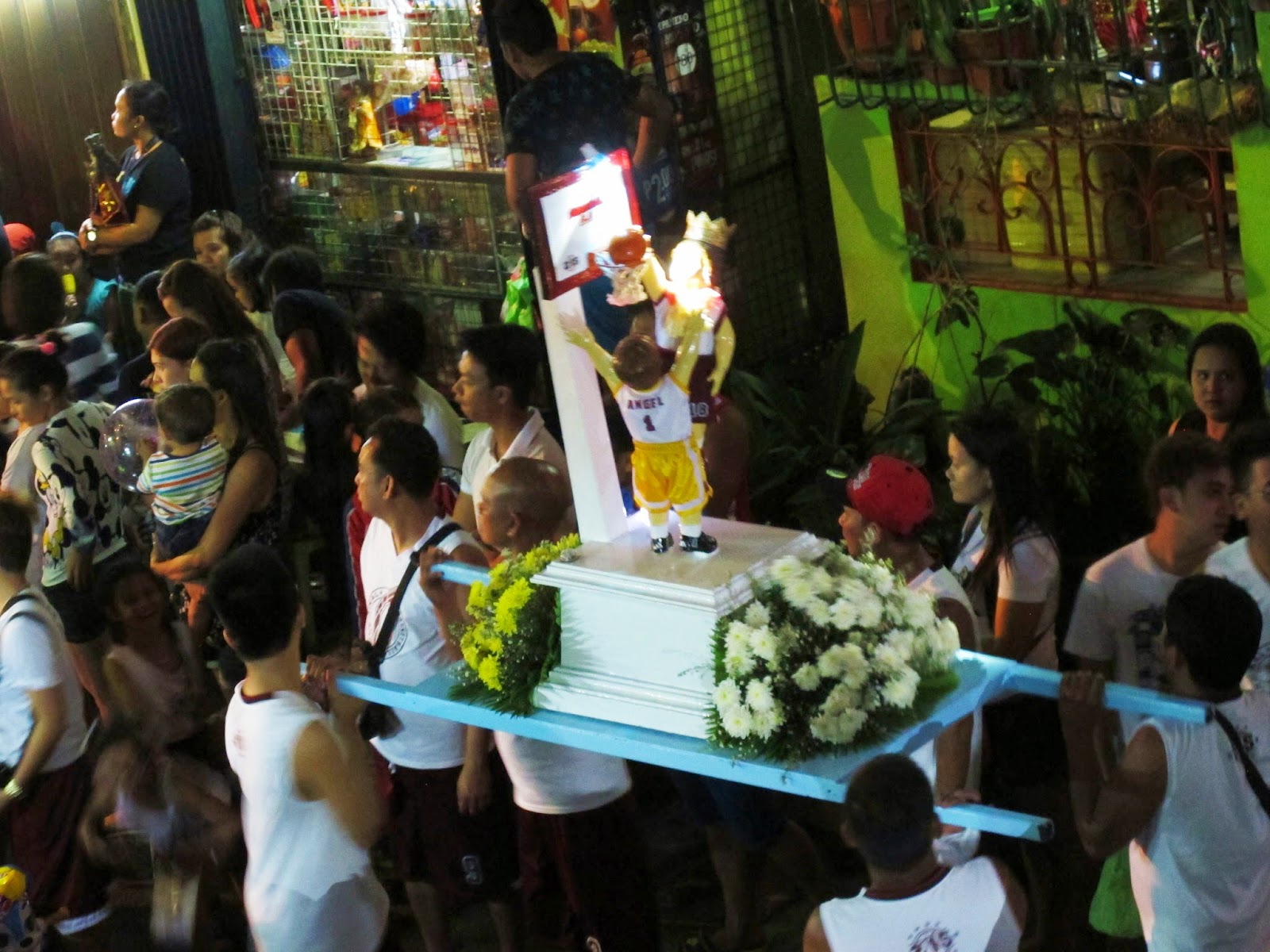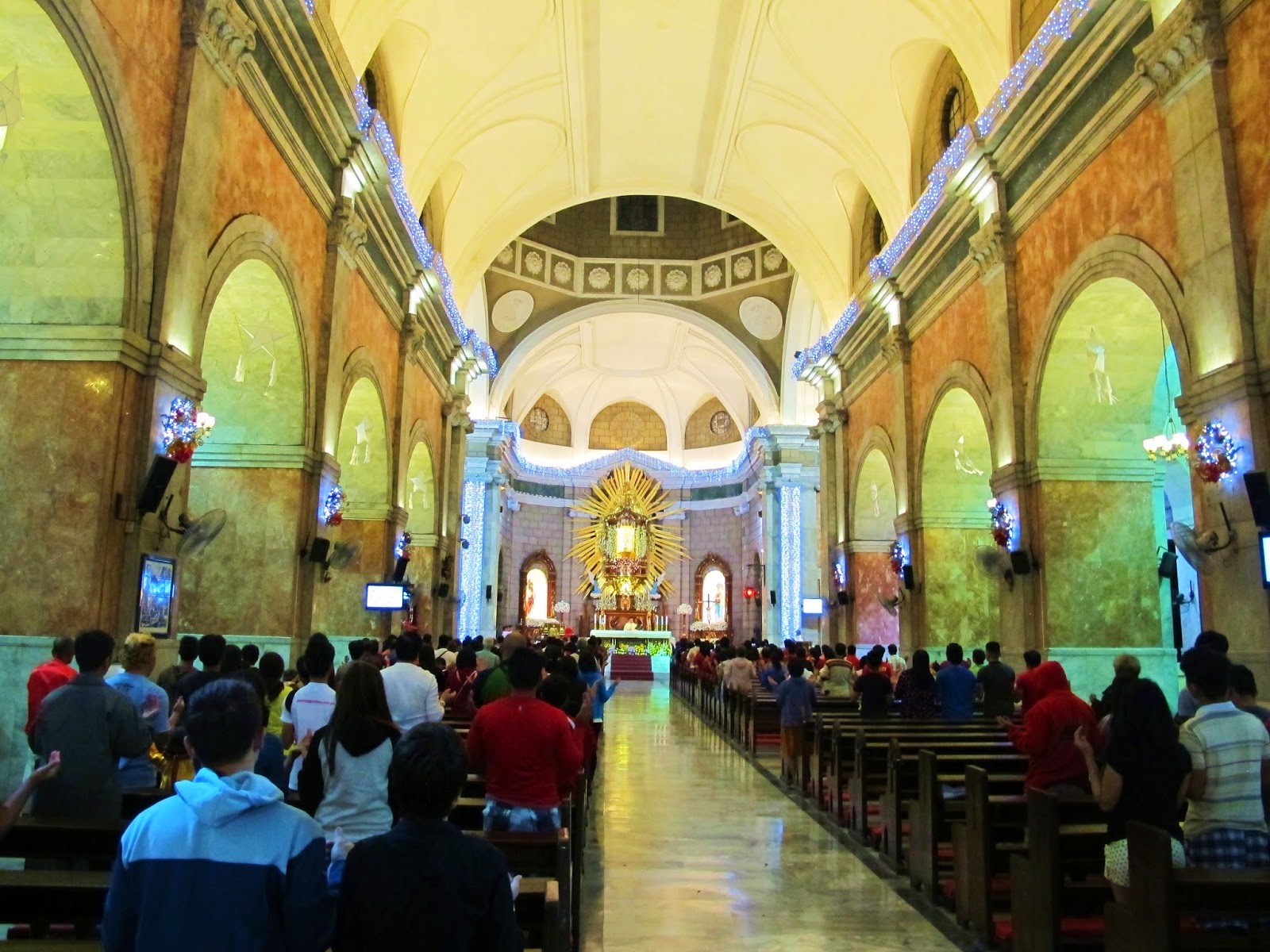The
National Commission for Culture and the Arts (NCCA) is gearing up for
the celebration of National Arts Month (NAM) the whole month
February, with the theme “Pride of place,” placing emphasis on
localities and local arts and artists.
Instead
of holding the Philippine Arts Festival, a grand event of the
committees of the NCCA Subcommission on the Arts which the NCCA has
been holding for several years now, the national government agency
for arts and culture is spurring local government units, schools and
non-government organizations to mount events in their communities for
the celebration of NAM, promoting “local culture and arts scene and
featuring the talents, performances and creativity of the many
artists and arts groups in the seven arts.”
Early
December of last year, the NCCA called for project proposals for
possible funding assistance. Twelve projects were given the nod. The
activities and events are spread out from Luzon to Mindanao,
comprising performances, exhibits and workshops. Several projects are
festivals of different art forms, involving several activities.
In
Manila, the Lyceum of the Philippines (LPU) is holding the
Kultouravan: The Lyceum of the Philippines Cultural Caravan involving
students and artists. Several cultural activities will be held in
Intramuros and Rizal Park on Jan. 25, Feb. 2, Feb. 4 and Feb. 9 to
14.
In
La Union, the Saint Louis College of San Fernando will hold the Tawid
Taoid: Bridging Cultures on Feb. 9, 10 and 20 to promote arts and
culture to students. Performances will include local culture while
exhibits will feature the works of visual arts students. Launching in
campuses, the works will tour the province for wider audience.
In
Burgos, Ilocos Norte, the local government will mount
Panagkaysakaysa:
Ti Umili Ti Kultura Ken Sining from
Feb. 16 to 21 promoting the town’s heritage through different art
forms.
For
the whole month of February, the town of Liliw in Laguna, which is
known for its slipper-making industry, will hold the Sining
Tsinelasan sa Liliw. The event aims to tell legends and stories about
the local industry through theatrical presentations and an exhibit at
the Plaza Gat Tayaw Covered Court.
In
southern Luzon, the Ligao National High School of Ligao City in Albay
will have Hablon:
Habi ng Sining sa Paaralan at Komunidad comprising
forums, workshops and a theater performance by selected students from
Feb. 21 to 26.
The
Kanlaon Theatre Guild recognizes the artistic contributions of
artists and cultural groups and institutions in the province of
Negros Occidental through Ani: A Harvest of Traditional and
Contemporary Artistic Expressions in Negros Occidental on Feb. 18 and
19. It will include the performance of Circulo, a “breakdance
theater” with the members of Critical Breakdance, a Bacolod-based
hiphop/break dance crew; the sarsuwela
Gugma nga Indi Mapunggan;
a musical by Armin Paredes on the 1898 Al Cinco de Noviembre event;
the play Baganihan,
Si Iska nga Permi Handa and
Pedro
Kalungsod;
a fashion show focusing on the local wraparound skirt patadyong;
and a monologue by an Ati group. Also in Bacolod City, “Ani Dos”
will highlight the harvest of creative works of the Maskara Theatre
Ensemble, Santermo Writer’s Group and the La Salle Chorale with the
special participation of the Jean Baptiste Dance Company. The
performance will feature poetry of Filipino writers and Visayan folk
songs. It will on Feb. 19 and 20, at 2:30 and 6:30 p.m., at the
Gallaga Theater of the University of St. La Salle.
Farther
south in Mindanao, Xavier University of Cagayan de Oro City will hold
Panaghugpong 7: Xavier Arts Festival from Jan. 30 to Feb. 25. This
year’s edition of the school’s annual arts festival will feature
a visual arst exhibit, theatre performances, dance, choral music,
string and wind instrument ensemble performance and lectures.
For
cineastes, there will be the second Singkuwento Internasyonal Short
Film Festival in Manila, organized by MPJ Entertainment and Triple MP
Productions, from Feb. 6 to 14, showcasing short works of Filipino
and foreign filmmakers.
Two
literary events will happen in Bulacan and Camarines Sur. The town of
Baliuag in Bulacan will pay tribute to one of its most prominent
writer, fictionist, playwright and poet in Filipino Pedo S. Dandan,
who was born in Baliuag. His works will be showcased in musical and
dance performances in different parts of the town in a program called
Linagin
ang Ugnayan ng Bayan at Pamayanan para sa Likhang Sining ng
Mamamayan.
On
the other hand, Bikol literature will be spotlighted in the fifth
mounting of the Pintakasi
Kan Literaturang Bikolnon on
Feb. 20 in Pili, Camarines Sur, spearheaded by the Altamarino Clasio
High School. The event will include the Aklat Ani Bikol Book fair, a
creative writing workshop, and a poetry reading and literary
performance session in an effort to promote Bicol literature and hone
the skills of Bicol writers.
In
Paombong, Bulacan, 13 local visual artists will be highlighted in an
exhibit. Meanhile, Angono in Rizal, which is known for the abundance
of visual artists, will put the limelight on an icon of Filipino
music — National Artist Lucio San Pedro. On the occasion of San
Pedro's 102nd birth anniversary, there will be performances of music,
poetry and different art forms on Feb. 11.
Ani
ng Dangal
The
NCCA's NAM celebration will be highlighted by the Ani ni Dangal
awards, which will happen on February 12, 2015, at 6 p.m., at the Old
Senate Hall of the National Museum of the Philippines. It will be
headlined by iconic actress and politician Vilma Santos, who won the
Best Actress trophy at the 2014 Dhaka International Film Festival for
the Jeffrey Jeturian film Ekstra.
The
Ani ng Dangal (meaning, harvest of honors) Awards recognizes artists,
cultural workers and works that have earned international awards and
accolades during the past year. Santos lead the more than 50 2015
awardees including Leonardo Katigbak of ABS-CBN and GMA News TV's
Bayan
Ko in
the broadcast arts; Siege Ledesma's Shift,
Jun Lana, Ronnie Quizon, Mikhail Red, Pamela Reyes's Rekorder,
Patricia Evangelista's The
Barber of Guiuan,
Lav Diaz, Will Fredo and Ida Tiongson's In
Nominee Matris,
Hazel Tapales Orencio, Jake Cuenca, Joel Lamangan's Kamkam,
Liza Diño, Allen Dizon, Diane Ventura, Mark Justen Aguillon, Nerissa
Picadizo, Francis Xavier Pasion's Bwaya,
Roberto Reyes Ang's TNT, Carlo Obispo's Purok
7,
Sandy Talag, Eduardo Roy Jr.'s Quick
Change and
Miggs Cuaderno for cinema; Halili Cruz Ballet Company, A Team, Xtreme
Dancers, Johnny Sustantivo Villanueva, Kayleen Mae Ortiz and Margaret
Chua Lao, and Miguel Leopoldo Ignacio for dance; Sophia Marie Lee for
the literary arts; Lloyd Edisonne Judilla Montebon, Novo Concertante
Manila Choir, Saint Louie University Glee Club, Alvin Paulin and
Aleron Choir for music; and Ronnie Dayo, Robert John Cabagnot, Glenn
Isaac, Mario Cardenas, Kenneth Cobonpue, Jophel Botero Ybiosa, Gina
Meneses, Phoebelyn Gullunan, Jamille Blanca Aguilar, James Singlador,
Danilo Victoriano, Ruston Banal, Trisha Co Reyes, Justen Paul
Tolentino, Jamia Mei Tolentino, Jesus Ramos Tejada and Maria Angelica
Tejada for visual arts.
The
awardees' trophies, clippings and ephemera will be featured at the
Ani ng Dangal exhibit, which will be unveiled at the event. The
exhibit will be mounted at the SM North Edsa from Feb. 13 to 20, SM
Megamall from Feb. 21 to 27, and at the Rizal Park at Feb. 28. Also,
selected awardees will give performances around Metro Manila-Halili
Cruz Ballet Company on Jan. 31 at 3 p.m. at the SM Mall of Asia; A
Team, Bayanihan Philippine National Folk Dance Company and Aleron
Choir on Feb. 8 at 5 p.m. at the Rizal Park; the Xtreme Dancers, the
Bayanihan Philippine National Folk Dance Company and Novo Concertante
on Feb. 15, at 5 p.m., at the Rizal Park; Halili Cruz Ballet Company,
Novo Concertante, SLU Glee Club and The Crew on Feb. 20, at 5 p.m.,
at SM North Edsa; and the A Team, UPSA, SLU Glee Club and the
Bayanihan Philippine National Folk Dance Company on Feb. 21, at 3
p.m., at the SM Megamall.
Opening
and closing programs
Aside
from the Ani ng Dangal Awards, the NCCA will retain the opening and
closing ceremonies of the Philippine Arts Festival. This year, the
opening program will be held the whole afternoon of February 1, 2015,
at the Rizal Park's Open-Air Auditorium in Manila.
It
will be a fiesta-like event where people partake of food as well as
imbibe different art forms. Visitors can join the pocket workshops on
drawing and caricature making organized by the NCCA National
Committee on the Visual Arts. Short films and documentaries on
Filipino architecture will be shown. People will be able to watch
performances of Novo Concertante, Sinukwan Kapampangan Performing
Arts, Xtreme Dancers from South Cotabato and Halili Cruz School of
Ballet. An excerpt of a komedya, an old Filipino theater form, will
be mounted as well as a balatagsan,
the Tagalog poetic "joust," and a modern rap session.
On
the other hand, the closing ceremony will also be at the same venue
on February 28, 2015, at 6 p.m. featuring performances by Novo
Concertante, Sinukwan Kapampangan Performing Arts, Xtreme Dancers, A
Team and guests representing the different arts.
Once
again, the month of February will be full of events to feed the
senses and soul. The NCCA has been leading the celebration of NAM
since the signing of Presidential Proclamation 683, in 1991 declaring
February as National Arts Month.




























.jpg)
.jpg)

%2C%2BPen%2Band%2Bink%2Bon%2Bpaper%2C%2B2014.jpg)






